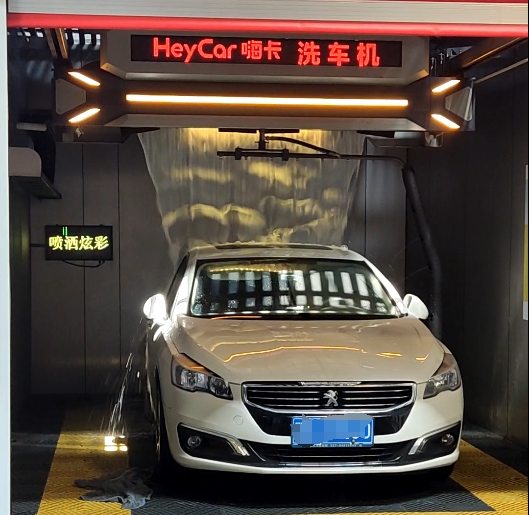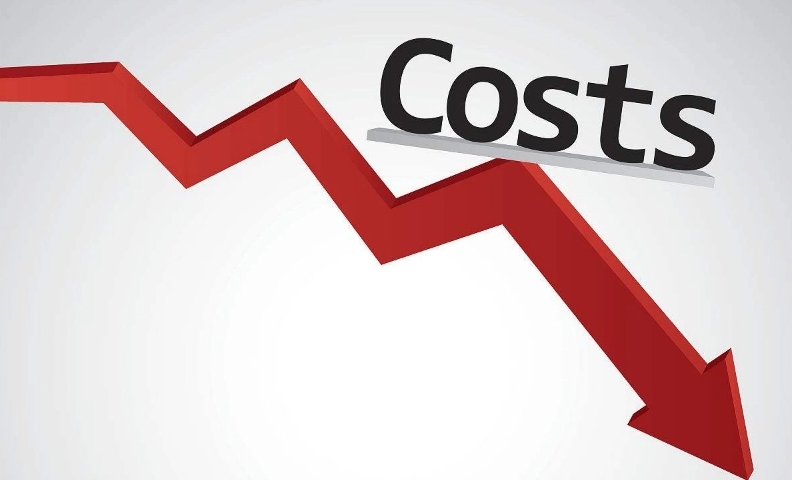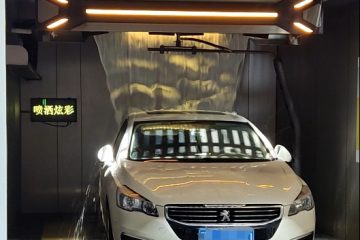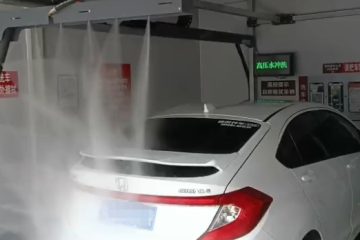The cost of running an auto car wash can vary significantly depending on several factors, such as location, size, type of wash, and operational expenses. While some owners may find it a profitable venture, others might face significant challenges. Let’s break down the key expenses and considerations:

Initial Investment:
Land and Building: The biggest expense is likely the land and building, especially in urban areas.
Equipment: Car wash equipment includes automated conveyor systems, high-pressure water systems, chemical dispensers, and drying equipment. Costs range from basic models to advanced, eco-friendly systems.
Utilities: Water and electricity usage is significant, especially for high-volume washes.
Licensing and Permits: Obtain the necessary permits and licenses for operating a car wash, which can differ by location.
Recurring Costs:
Water and Electricity: Expect substantial usage, especially during peak hours.
Chemicals: Detergents, waxes, and other cleaning agents contribute significantly to expenses.
For HeyCar Touchless Auto Car Wash System
It will take 40-60 ml car wash liquid for 1 car;
1 Bucket of wash liquid(around 18/20 litres) for each one can wash about 500 cars
Maintenance and Repairs: Regular maintenance is crucial to keep equipment in good working order.
Marketing and Advertising: Promote your car wash to attract customers and build brand awareness.

Factors Influencing Profitability:
Location: High-traffic areas with dense population are more likely to generate higher revenue.
Competition: The presence of other car washes in the area can affect pricing and customer volume.
Pricing Strategy: Determine the optimal pricing to balance affordability and profit margins.
Efficiency: Optimizing operations through automated systems and skilled staff can reduce costs and increase throughput.
Customer Experience: Providing excellent service and clean, quality washes can attract repeat customers.
Cost-Effective Strategies:
Water Conservation: Invest in water-saving technologies and practices to reduce water consumption.
Energy Efficiency: Utilize energy-efficient equipment and lighting to lower electricity bills.
Bulk Purchasing: Negotiate discounts for cleaning chemicals and other supplies.
Automation: Leverage automated systems to reduce labor costs and improve efficiency.
Marketing and Promotions: Utilize targeted advertising and special offers to attract new customers.
Conclusion:
Running an auto car wash can be a profitable business with careful planning, efficient operations, and a focus on customer satisfaction. However, it’s essential to understand the significant costs involved and implement cost-effective strategies to ensure success. Thorough research, market analysis, and financial planning are crucial before investing in this business venture.




